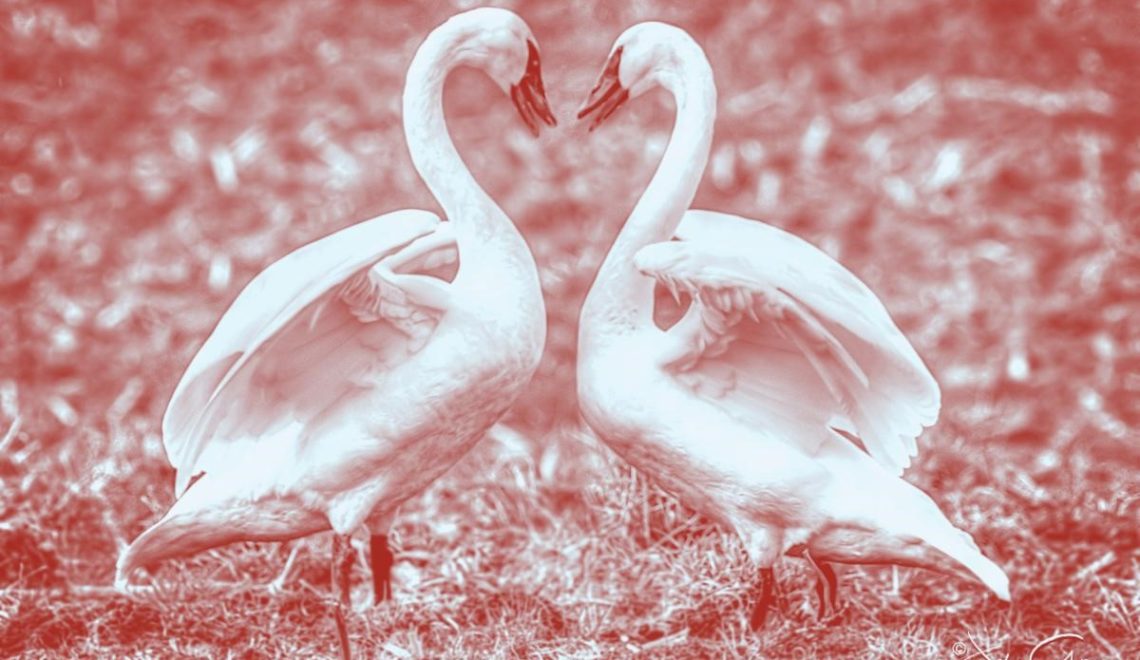
Save Our Swans
**Photo Credit: John Gussman
We are fortunate to have Trumpeter Swans winter here in Sequim, not only because of their undeniable beauty and grace, but because Trumpeter Swans were dangerously near extinction in the early 20th century. Numbers were greatly reduced during the fur trade for their prized skins and feathers. Lead-shot poisoning contributed to further decimation of the species.
Management and conservation plans for feeding and breeding grounds have helped populations steadily increase. Sequim now has around 200 Trumpeter Swans that come from the north to spend the winter in Sequim, representing a conservation success story.
Unfortunately, the story does not end there. Another human modification to the landscape poses the most lethal threat to the swans in our area– powerlines.
Considering their wing size to body weight ratio, it is surprising that these heavy birds (the heaviest flying birds native to North America) can even fly. But with their perfect aerodynamic design, an ability to detect a head wind to gain lift, powerful acceleration, and a long run way for take off, they do make it work. Once in flight however, they lack the aerobatics to be able to quickly change direction. Their eyes located on the sides of their head (an adaptation to spot predators while feeding) means limited forward sight, and a reduced field view for depth perception. This combination makes them vulnerable to flying into overhead powerlines.
When their large bodies strike the powerlines, the swans suffer physical injury, and may be electrocuted.
Our partner, Olympic Peninsula Audubon Society (OPAS), the local community, and Washington Department of Fish and Wildlife (WDFW) want to stop the ongoing injury and death of Trumpeter Swans caused by the power lines along Kirner Road in Clallam County, Washington.
OPAS has launched a GoFundMe fund raising campaign – “Project Swan Safe” – to obtain funds to bury the approximately 350 feet of Clallam County Public Utility District distribution lines along Kirner Road. These are the lines that are in the take-off path of the swans each dawn. Please go to the OPAS website https://olympicpeninsulaaudubon.org/donate-swans to get more information and donate to help raise the funds needed to bury these swan-killing power lines in the summer of 2021. So, next autumn when swan families fly from their breeding grounds in northern Canada and Alaska, they may safely use their important Sequim-Dungeness roosting sites.

